Lakshmi Mittal, owner of ArcelorMittal Temirtau, has enjoyed the support of ex-President Nursultan Nazarbayev. “No one could tell a word to Mittal,” this is how ex-prime minister of Kazakhstan, Serik Akhmetov, described the one considered guilty of the tragedy that unfolded on October 28, 2023 at the Kostenko Mine that claimed 46 lives. These words could be considered as the explanation of why a foreign investor with 180 fatalities at his plants for almost 30 years would stay in Kazakhstan.
“33 mine workers have died at the mines of the coal department of IspatKarmet (now ArcelorMittal Temirtau, AMT – Editor’s note) owned by Lakshmi Mittal, a British Indian billionaire, including 23 fatalities at the Shakhtinskaya Mine. It turns out that one million [tonnes] of fuel costs three human lives,” the media wrote in 2004 following yet another tragedy that unfolded in the mines of Karaganda region.
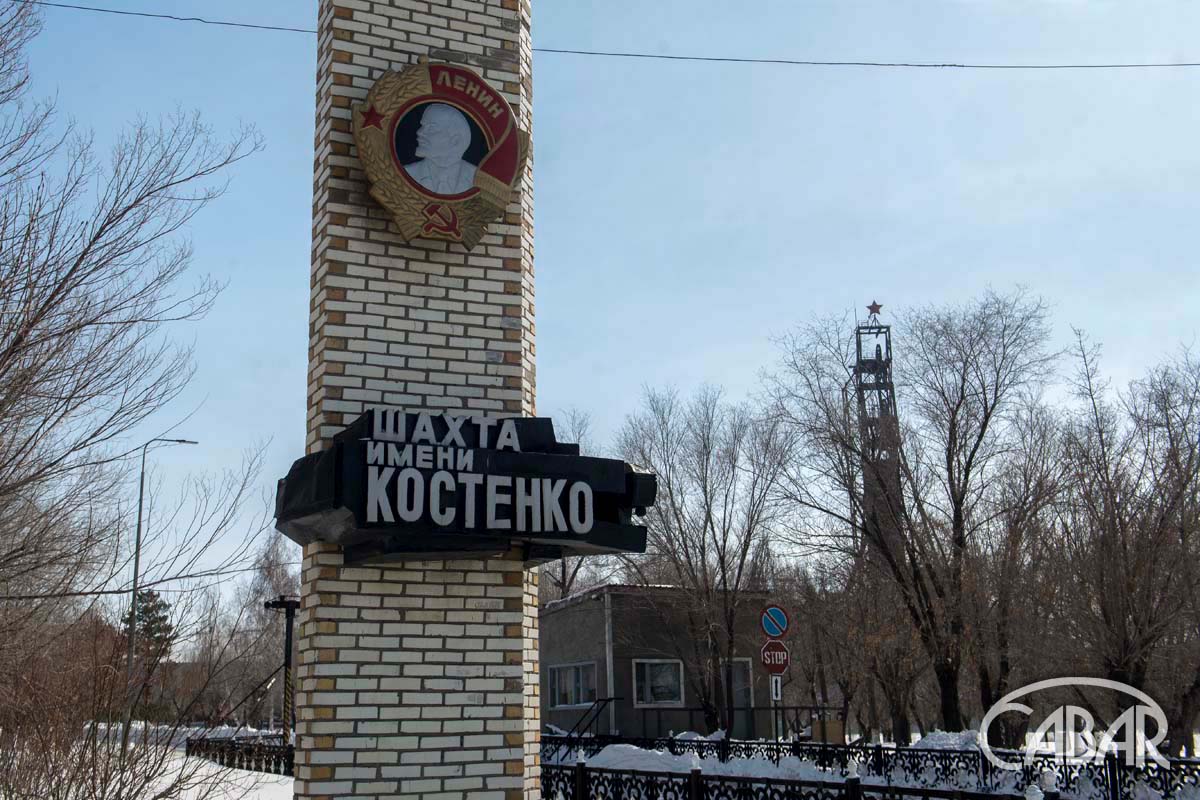
Unfortunately, the situation remains the same. On October 28, 2023, 252 workers were in the Kostenko Mine, which belongs to AMT as well as other seven mines, and only 206 could get out. Forty-six people died.
However, AMT-related changes have been made after all: authorities of the republic have changed their behaviour and rhetoric. The government has made a deal with Lakshmi Mittal, on conditions that remain undisclosed to the public, and asked him to leave Kazakhstan, where he appeared in 1995, when a large-scale privatisation began. Nursultan Nazarbayev, the first president of the republic, has urged him to come over.
Mittal has taken a bucket bath
Karmetkombinat (Karaganda metallurgical combine, now is part of AMT) is an enterprise well-known to Nursultan Nazarbayev, who is a qualified blast furnaceman. He began his labour and political career at Karmet, the metallurgical combine of Kazakhstan. He met his future wife Sara, worker at a power substation, at Karmet.
After the collapse of the Soviet Union, in the 90s of last century, Karmet went through hard times. “The very existence of the combine was in question,” Nazarbayev recalled. “The combine was in debt: to power engineers, railway employees, and all the rest. The debt was nearly 700 million dollars. There were many problems, including with exports, and marketing of products because all plants that used metals were down. Foreign markets were unavailable to us.”

Therefore, Kazakhstan, according to Nazarbayev, started to look for a sound investor. One of the candidates was Lakshmi Mittal, owner of Mittal Steel established in 1976 (ArcelorMittal since 2006). Mittal looked rather sound: his company grew rapidly since 1989, acquiring market players across the world. However, according to Nazarbayev, Mittal did not want to acquire Karmet. Therefore, the ex-president had to urge the investor personally to acquire one of the largest companies of Kazakhstan.
“Why did he doubt it? We did not have laws protecting investors. There was no order in the country. And he trusted me personally,” said Nursultan Nazarbayev.
Mittal also told what he had to get through when he acquired Karmet. “I slept in my coat the first night there (in Karaganda – Editor’s note) and the following day I took a bucket bath,” the investor said.
But his hardships have paid off in spades. Now ArcelorMittal Temirtau helps ArcelorMittal, one of the largest steel-producing and mining companies in the world, to earn billions of dollars (profit at the end of the second quarter of 2023 was 1.86 billion dollars), while Mittal ranks 93rd on the list of the richest people in the world with assets worth 17.7 billion dollars.
Withdrawn before the tragedy
Privatised AMT enterprises have always had tragedies leaving fatalities. But authorities have failed to raise a question of nationalisation of AMT and exclusion of a foreign investor. The situation changed in August 2023, when five workers died at the Kazakhstanskaya Mine, a part of AMT. Officials started to talk about a possible return of AMT to the government property.
After the October tragedy, President Kasym-Zhomart Tokayev spoke more categorically, “I have ordered to stop investment cooperation with AMT. The company turned out to be the worst in our history in terms of collaboration between the government and the enterprise.”
Voices rose with indignation in the media scene, “Why didn’t we say goodbye to Mittal before?” The government hastened to assure that the documents on the transfer of AMT to the government property were signed before the October tragedy. According to the AMT’s press release dated October 29, 2023, negotiations on transfer of ownership of ArcelorMittal Temirtau to the government started a few months before: “Last week, just before the tragic accident, we signed a framework agreement.”
A government commission was established to find out the causes of the accident and to recover from the emergency at the Kostenko Mine. The General Prosecutor’s Office started a probe into safety violations during mining operations. Authorities have assured that they would thoroughly investigate the causes of the accident. Those guilty would probably be punished, as always happened after such tragedies. However, authorities have already named the ‘main villains’ by means of media resources.
‘Main villains’
On October 29, 2023, the next day after the accident at the Kostenko Mine, the YouTube channel ‘Teleradiocomplex of the President of the Republic of Kazakhstan’ published a documentary ‘Ochag smerti’ (translated as ‘Locus of death’) about the tragedy at the Kostenko Mine. The film contained a comment by Serik Akhmetov, ex-akim (mayor) of Karaganda region, prime minister of Kazakhstan convicted of corruption in 2015. “I think the state should draw attention of the international community in order to hold AMT management and owners liable, and criminally liable, if needed,” Serik Akhmetov said.
However, the things that were not shown in the film were even more remarkable. Journalist and founder of the YouTube channel ‘Za nami uzhe vyyekhali’ (translation: They are going to get us) Dmitry Dubovitsky has drawn attention to the fact that another fragment of Akhmetov’s interview has been spread on the internet before the official release of ‘Ochag smerti’.
“He [Lakshmi Mittal] has certainly enjoyed political support of the ex-president. No one could say a word to Mittal. It’s obvious why he has been given such preferences,” said ex-prime minister in the fragment that was not included into the final version of the ‘presidential’ film.
Dubovitsky does not believe that some employee of Akorda, president’s residence, could share ex-prime minister’s accusations against Nazarbayev on the internet without the knowledge of the administration. As the journalist said, previously there was no public criticism of the first president by high offices. Yet it is still unclear how the story would end for the ‘main villains’ Mittal and Nazarbayev, and whether they would be prosecuted or not.
Where did the money go?
Members of Parliament of Kazakhstan decided not to keep silent. On November 1, parliamentarian Arman Kalykov read out a request related to the tragedy at the Kostenko Mine. MPs also proposed to lift the moratorium on auditing large companies. According to them, this is how the risk of repeated tragedies at hazardous enterprises could be minimised.
Parliamentarians have drawn attention to an important thing: there are only 260 state industrial safety inspectors per 9.6 million of active population in Kazakhstan. This number is obviously not enough.
Nevertheless, Kazakhstan could avoid this number of tragedies at mines if it followed existing legal requirements. Aleksei Son, member of the Lawyers Guild of Kazakhstan, shares this opinion.
“One of the duties of ArcelorMittal Temirtau was to implement preventive measures and prompt response to failures. These duties have been set forth in the law ‘On civil protection’,” the lawyer said.
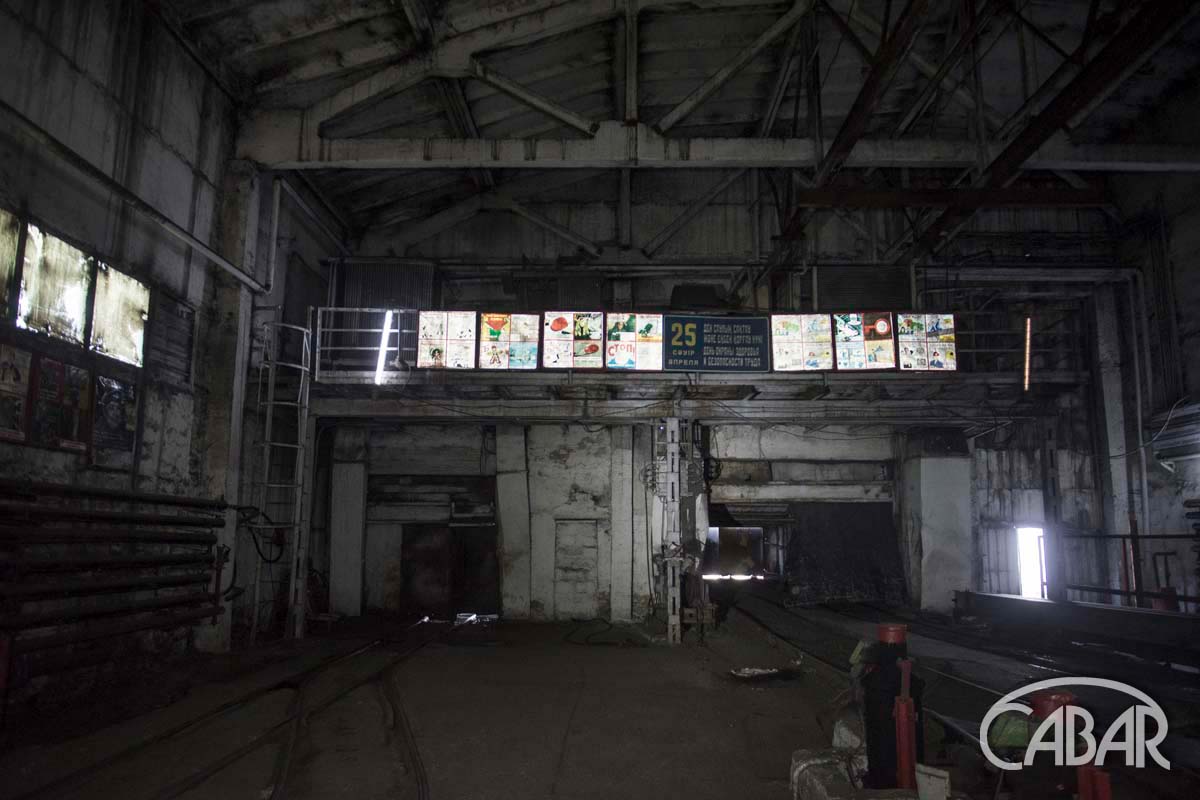
Financial analyst Arman Beisembaev also said that the AMT owner did not follow existing standards.
“The owner of the enterprise should have invested in safety, labour protection, health and safety of people. But these are the costs. Therefore, owners usually do not do it unless they are forced to. The reasonable question is why the labour inspection has overlooked violations despite voices saying that accidents would be inevitable? It was obviously corruption. Now we should deal with it,” Beisembaev said.
Meanwhile, analysts of Kursiv Research have arrived at a conclusion that financial indicators of AMT do not confirm the point that Lakshmi Mittal’s structures have only pumped money from the asset, without investing in its development.
“The average investment-to-revenue ratio of AMT in 10 years is nearly 12 per cent. This is slightly less than the same ratio of a similar mining-and-metallurgical player, which is, like AMT, mines and concentrates iron ores, and has been established back in the Soviet period: the decade-long rate of investment of SSGPO (subsidiary of Eurasian Resources Group, ERG) is nearly 14 per cent,” analysts said.
Over a decade, according to Kursiv Research, AMT’s minimal investment in fixed assets was 39 billion tenge in 2015, or 176 million dollars (with revenue in the amount of 350 billion tenge, or 1.6 billion dollars).
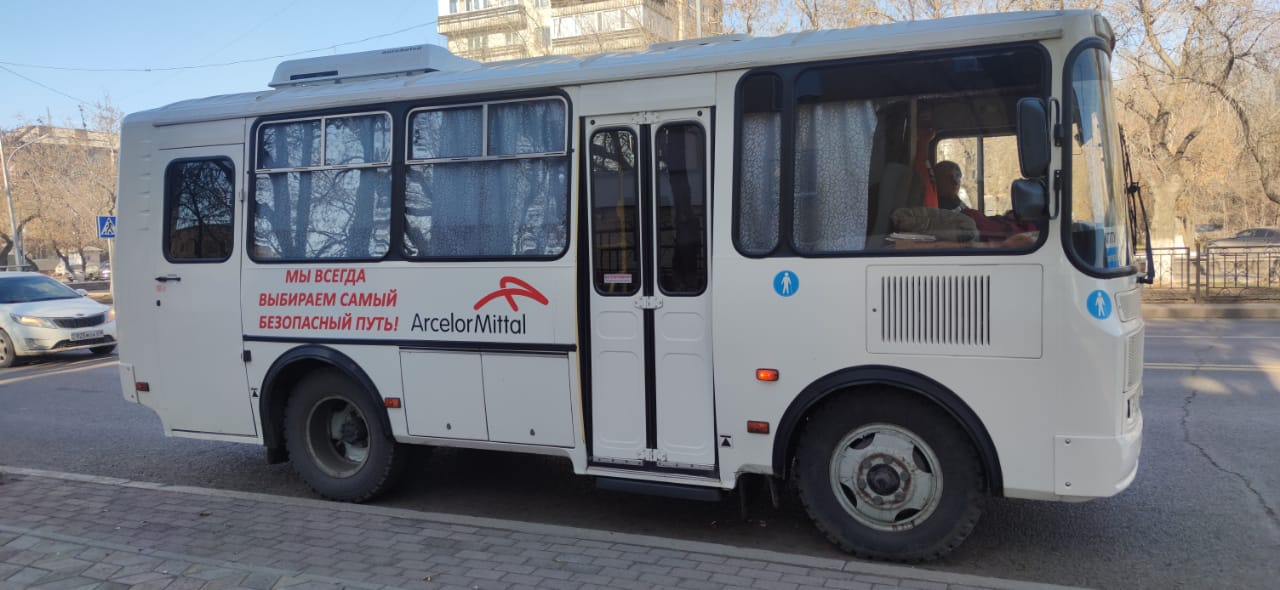
“If we believe the statements made by the AMT management, safety issues have never been ignored. In the middle of 2023, it became known that nearly 30 per cent of investments addressed safety projects. The reason of frequent accidents and poor safety of miners should be sought in how effectively those investment projects have been implemented,” analysts suggested.
According to the chair of the industrial union of coal miners ‘Kazugleprof’, Marat Mirgayazov, miners of Kazakhstan use obsolete equipment and follow outdated technologies of the Soviet period. The money that should have been allocated to researches could be spent on additional profits to the company’s shareholders.
“We dig deeper mines with different conditions. But we do not have necessary researches. We should set specific tasks, have specific figures agreed and set forth in law to determine the amounts meant for safety issues and researches. We do not have a basis, research institutes in the country. You cannot work in mines without a research background,” Mirgayazov said.
He emphasised that representatives of miners should take part in the budgeting process.
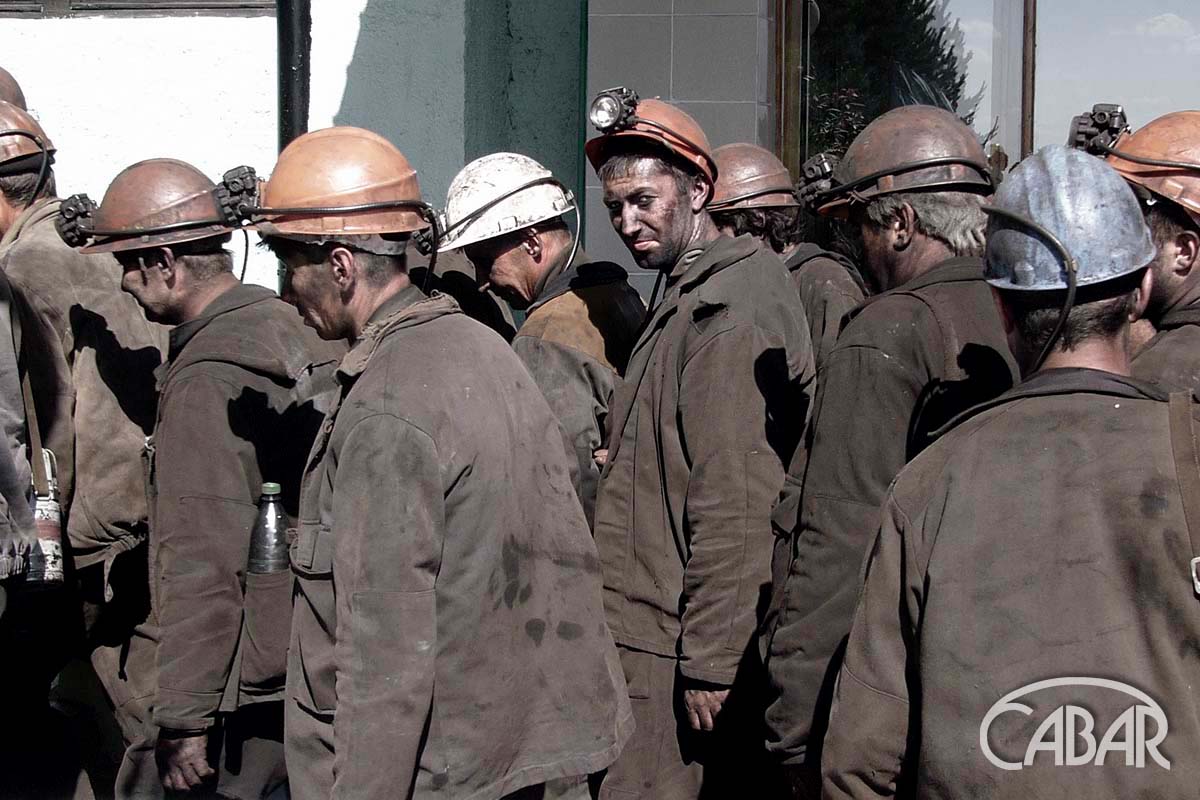
“They should stand up for occupation safety issues, endorse them, and then monitor them. So that no one could even think about diverting money to different goals. Lives and health should be top priority. This is the only way to stop the chain of tragedies,” Mirgayazov said.
Parting on good terms
The process of handover of industrial giants to state ownership could become an expensive (the investor will not leave empty-handed), risky (the investor may file a case to international court) and troublesome (the state machinery would bear a burden of new responsibility) idea. Yet the government has ventured to nationalise the AMT. Why?
“Because this is a socially sensitive issue,” Arman Beisembaev said. “Owner Lakshmi Mittal is not our citizen, and authorities could get it in the neck from the public. People could rise up, which no one needs today. So, the task now is to deprive the owner of assets.”
This work should be done as carefully as possible so that Mittal does not have any reason to go to international court and demand the return of his assets.
“If the company is deprived of its assets by force, via the so-called hostile takeover, they would surely be discontented. But I don’t think the state would act like this. The company will be probably paid some compensation to solve this issue amicably,” the financial analyst shared his hypothesis.
According to him, the investment attractiveness of Kazakhstan will not suffer from the AMT situation: “What the government is doing now is morally right. It does not resemble a hostile takeover. Investors see it as the state manifesting its will. The government says, ‘If you are a bad owner, if you pose a risk to my citizens, we will take appropriate measures’.”
A scenario plan
“The second stage after nationalisation, after all anti-crisis measures have been taken, would be handover to another owner,” Arman Beisembaev said.
Since authorities do not provide details about the deal with the AMT owner, experts have nothing but guesswork about the process organisation. The first possible scenario is the handover to one of private giants of the mining and metals sector of the republic.
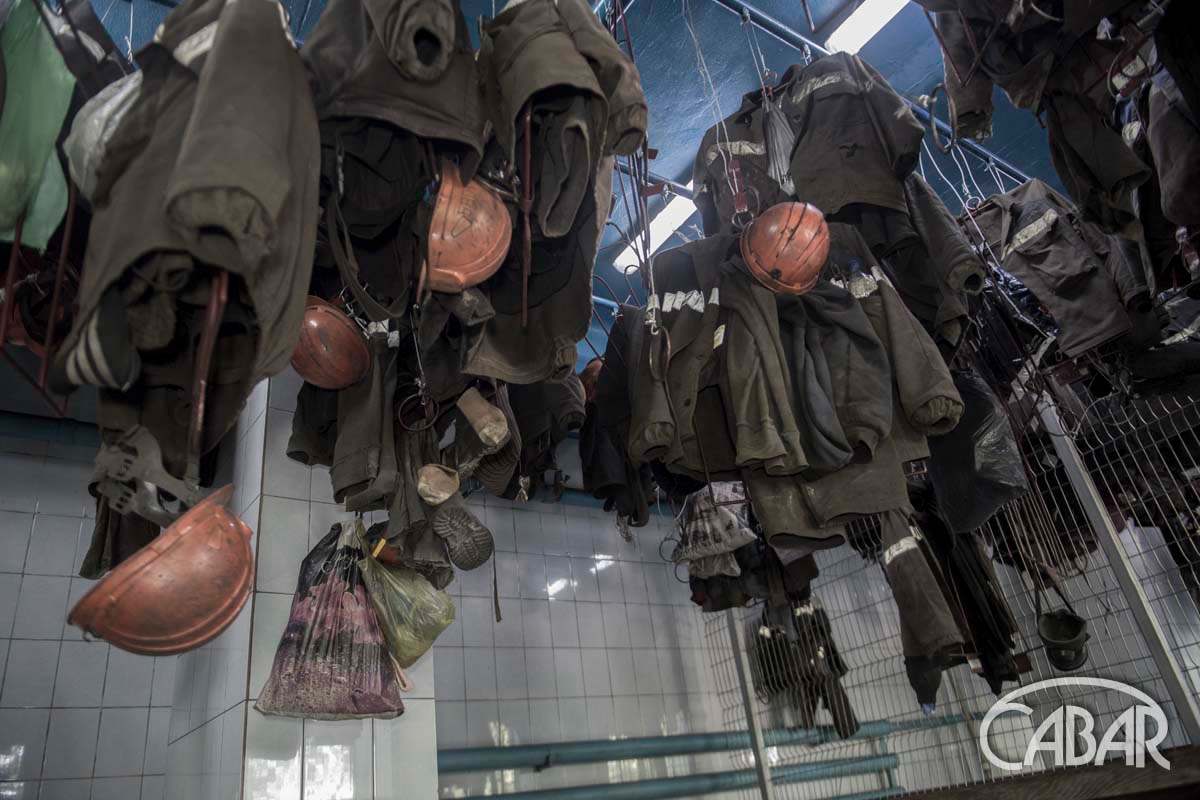
“In this scenario, the most logical way would be the sale of ERG asset, whose structure already has the iron ore producer,” analysts of Kursiv Research said, and reminded that ERG has marketing problems as their Russian partner is under sanctions.
The second scenario is the handover of the asset to Sovereign Wealth Fund Samruk-Kazyna, which has experience in industrial management and has a subsidiary in mining. “But [the subsidiary] focuses on development projects, while work with the large ongoing vertically integrated business would be a serious challenge for the management of the national company,” analysts pointed out the drawback of the scenario.
The most probable option, according to them, would be the third scenario – the enterprise would belong to the state, while a private sector company would be involved for management. “This scenario is easier to implement (less transaction costs for assets valuation, less time for formulation of an action plan) and relatively cheaper (private investor would require counter obligations from the government in return for the demand to save jobs),” analysts said in favour of their viewpoint.

